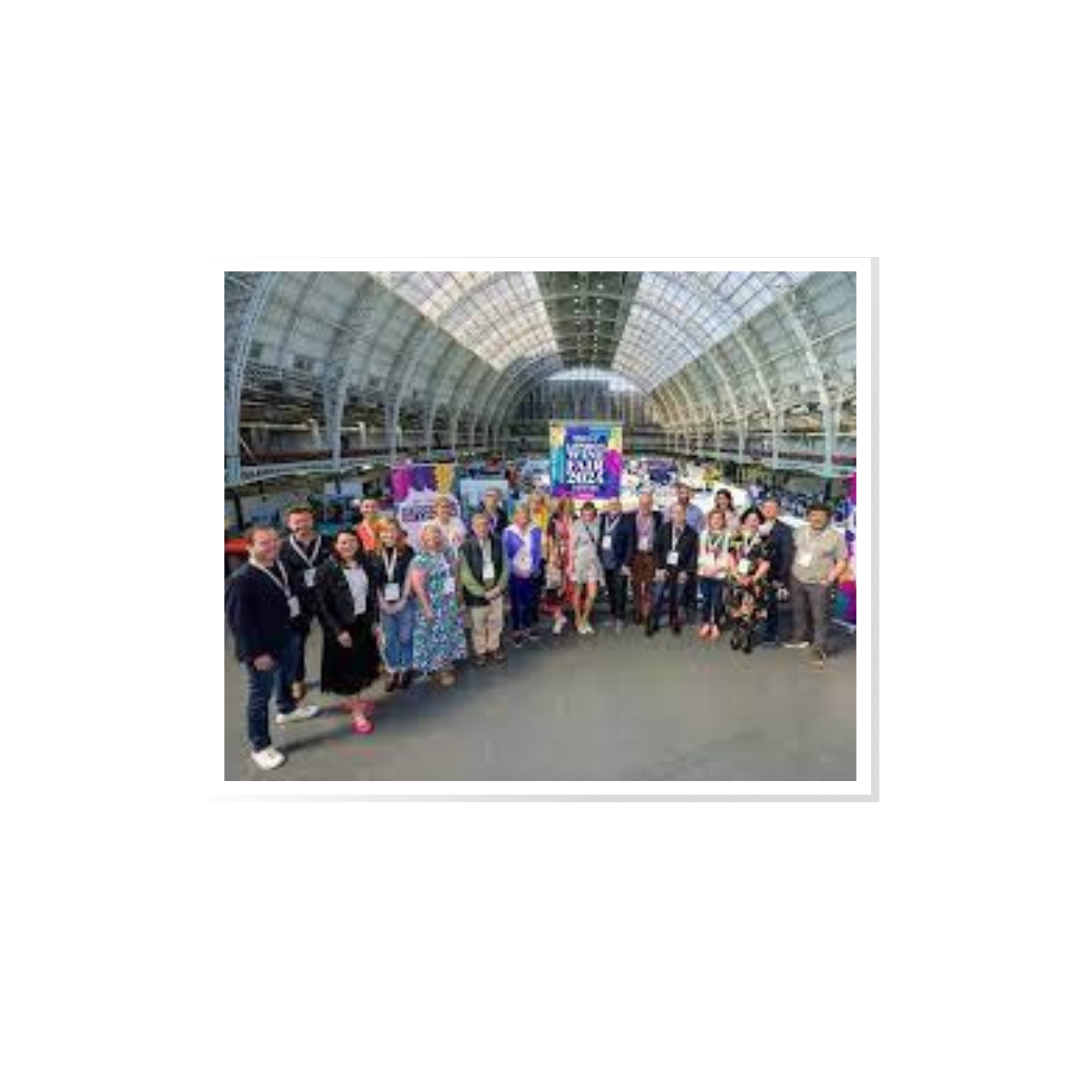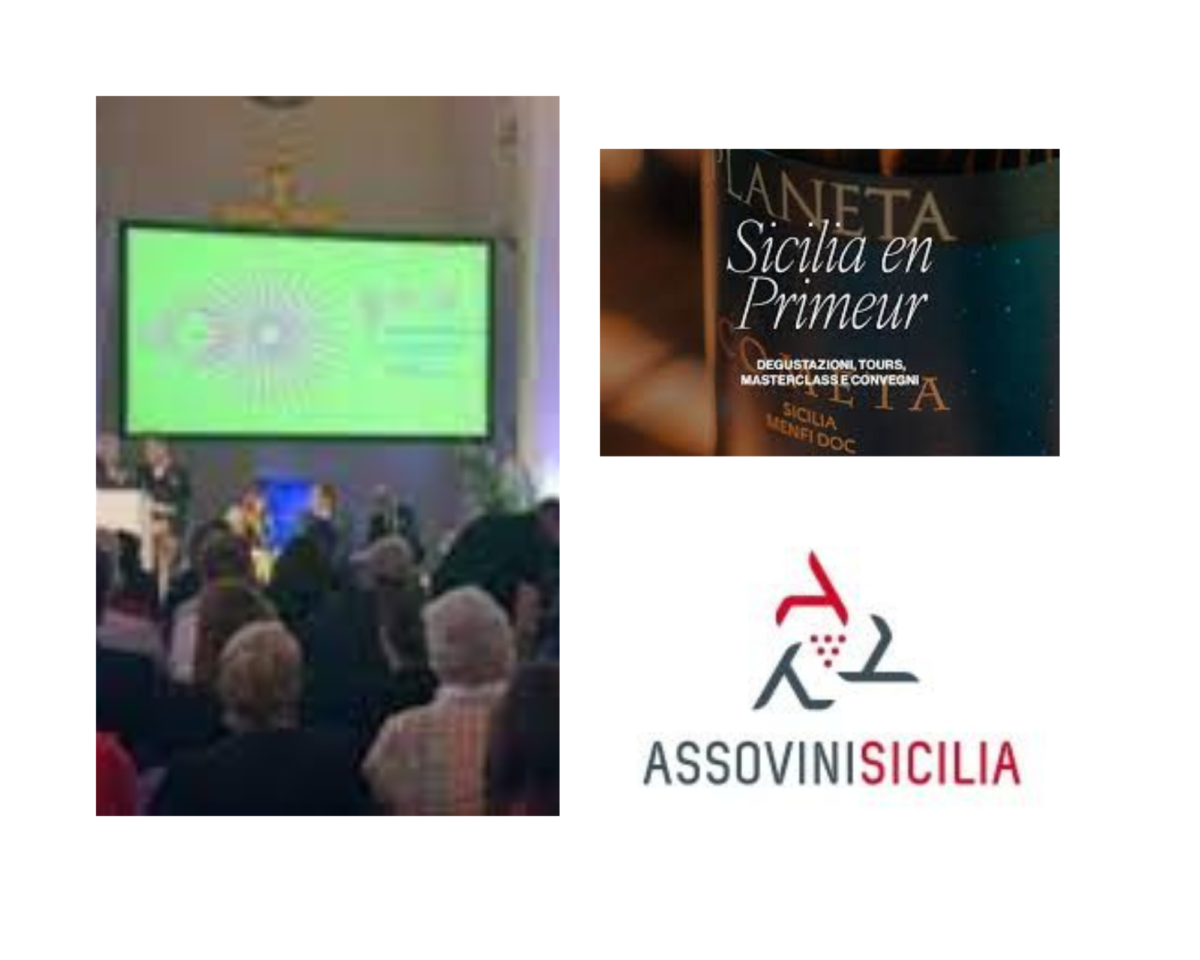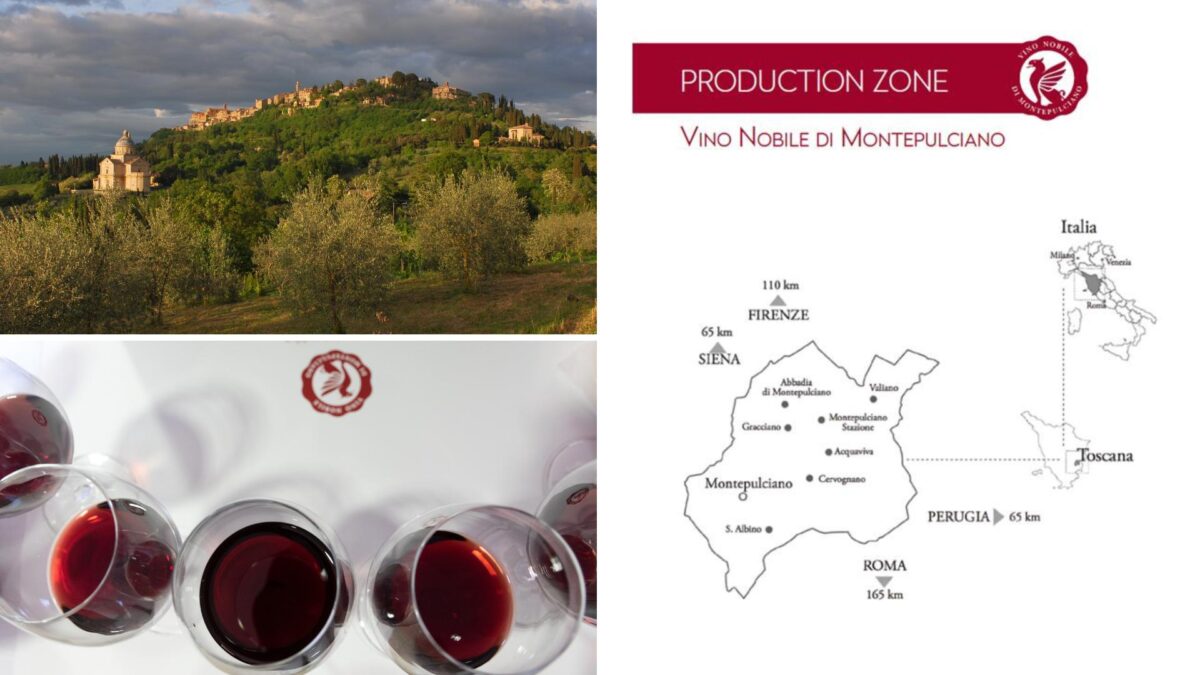London Wine Fair’s Judgement of London took place this week, and the results are now in. 32 wines were tasted over a period of four hours by 21 judges, a selection of the UK’s best palates, two-thirds of which were either Masters of Wine or Master Sommeliers. The wines, all of which were decanted and served in Jancis Robinson X Richard Brendon glasses, were tasted in pairs under exam conditions: eight pairs of white wines, followed by eight pairs of red wines; each pairing comprised a European wine with their Rest of World counterpart, matched in terms of style. The judges scored each wine out of ten, which resulted in a grand total for each wine, and a final overall score for European vs. Rest of World.
The wines, amongst the best in the world, were selected by Sarah Abbott MW, MD of Swirl Wine Group and Ronan Sayburn MS, CEO of The Court of Master Sommeliers, who presented the results on Centre Stage with Hannah Tovey, Head of London Wine Fair earlier today (Tuesday afternoon). The key findings are as follows:
Top scoring white: Pegasus Bay Riesling, Bel Canto, Waipara, North Canterbury, New Zealand 2011
Runner up: Polish Hill Riesling, Grosset, Clare Valley, Australia 2012
Top scoring red: Hermitage Rouge, Jean Louis Chave, Rhône, France, 2012
Runner up: Château Mouton Rothschild, Pauillac, Bordeaux, France 2009
Top scoring wine: Pegasus Bay Riesling, Bel Canto, Waipara, North Canterbury, New Zealand 2011
European wines: 2,621.5 points
Rest of World: 2,604.5 points
Overall winner: Europe
Difference: 0.65%
The purpose of Judgement of London was to give a snapshot of the fine wine landscape almost 50 years on from the original Judgement of Paris in 1976. Whilst California was the outright winner of the original Paris tasting, in 2024 –with a broader spectrum of wines to better reflect today’s fine wine scene – the results are almost too close to call, with less than a percentage point between the two “teams”.
Sarah Abbott MW commented: “The results from Judgement of London highlight that great wine can and does come from all corners of the world. Winemakers of these wines share so much in common, and the excitement and gratitude that these wines inspire unites and inspires us as a trade.”
Ronan Sayburn MS commented: “From the beginning, it was never about a winner or loser, and the results show that. 50 years ago, there was a definite difference in style; now it is a much more level playing field. The so-called New World were making wines which were for a cool climate style, but in a warm climate. And obviously they had a lot of success, but were they elegant? Since Judgement of Paris, the so-called New World has better adapted to their climates, clones, and what works well. It is no longer the underdog. All these wines tasted on their own are amongst the greatest in the world, and we were asking our judges to choose amongst them.”
Head of London Wine Fair, Hannah Tovey, commented: “The results could barely have been closer, and whilst that all points towards the equal footing of European and Rest of World wines in today’s fine wine market, it is also testament to the pairings selected by Ronan and Sarah. They were bang on in terms of matching. I would like to personally thank everyone involved in what was frankly a Herculean task; sourcing 32 of the world’s finest wines; Ronan and Sarah for their brilliant selections and management; and last but by no means least, the judges themselves, and their extraordinary palates.”
The full list of wines: https://shorturl.at/biZTy
Source: London Wine Fair






